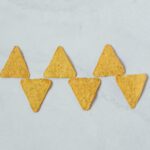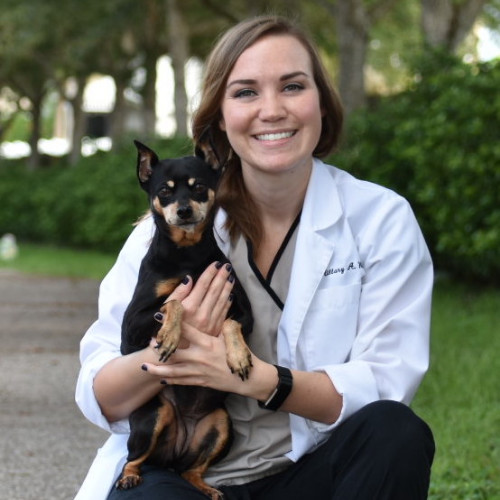Graham Crackers have a fascinating origin story, dating back to the early 1800s. A Presbyterian minister named Sylvester Graham was the mastermind behind these delightful snacks, creating them as a component of his innovative vegetarian diet that shunned white flour and spices. Fast forward to today–as you munch on these scrumptious treats, you might wonder whether it’s safe to share a Graham Cracker with your dog.

Safe: This food is generally considered safe by the veterinary community. Dogs can eat this food sometimes or in small amounts but contains little to no nutritional value.
The good news is that Graham Crackers are generally safe for dogs to consume in moderation. However, it’s important to remember that they should not replace a balanced diet or serve as a primary food source. While small quantities of Graham Crackers are unlikely to harm your dog’s health, their high carb and sugar content can lead to various health problems such as allergic reactions, weight gain, and tooth decay.
| Food Safety | Safe to eat in moderation |
| Nutritional Value | Traces of fiber and vitamins |
| Potential Risks | diarrhea, vomiting, tooth decay, obesity, allergic reactions |
How Many Graham Crackers Are Safe for Dogs?
Determining the right number of Graham Crackers for your dog largely depends on their size, weight, and overall health. As a general rule of thumb, it’s best to limit treats to no more than 10% of your dog’s daily caloric intake. Keep in mind that Graham Crackers can be high in carbs and sugar, so moderation is essential.
For small dogs, a small piece or half of a cracker can be an appropriate serving. For medium to large dogs, one whole Graham Cracker should be more than enough. Remember that these guidelines are for occasional treats, not daily snacks.
What Happens if Your Dog Eats Too Many Graham Crackers?
If your dog consumes too many Graham Crackers, several issues may arise, such as weight gain, and allergic reactions. Excessive consumption of Graham Crackers can also lead to digestive upset, including vomiting and diarrhea, as their high sugar and carb content may not sit well with your dog’s stomach.
Overindulgence in sweet treats may contribute to dental issues, such as tooth decay and gum disease, as sugar can lead to plaque buildup. It’s important to keep an eye on your dog after they’ve eaten a significant amount of Graham Crackers. If you notice persistent lethargy, vomiting, diarrhea, or any other unusual symptoms, consult your veterinarian immediately. Prevention is always better than cure, so be vigilant about monitoring your dog’s treat intake and maintaining a balanced diet for their overall well-being.
How to Feed Graham Crackers to Dogs
When offering Graham Crackers to your dog, break them into small, bite-sized pieces to reduce the risk of choking and make it easier for your pet to digest. You can also consider crumbling a couple of biscuits over their regular meal as a special topping, adding some variety and excitement to their eating experience.
Remember–moderation is key. The primary source of your dog’s nutrition should come from a well-balanced, species-appropriate diet. Graham Crackers should only be shared as an occasional treat.
Common Graham Crackers Ingredients
- Wheat flour: Wheat flour is generally safe for dogs. However, overfeeding them can lead to weight gain and stomach issues in older dogs.
- Sugar/Salt: Both sugar and salt are harmful to dogs, especially if you feed them human foods that contain large amounts.
- Butter: feeding your dog foods that contain large amounts of butter can lead to weight gain or pancreatitis.
- Milk: Milk can be an occasional healthy treat for dogs. However, it’s best to avoid it if your canine companion is lactose intolerant.
Frequently Asked Questions
-
No, it would be best not to give your dogs honey graham crackers. This is because honey can add extra sugar to your dog’s diet and lead to weight gain. Instead, plain graham crackers are a better option.
-
Cinnamon graham crackers are also unsafe for dogs like honey graham crackers. Of course, cinnamon itself is not toxic to dogs. However, flavored biscuits usually have additional calories.
-
Yes, feeding graham crackers to your dog is completely safe. However, do it in moderation and ensure your dog has no food allergies.







